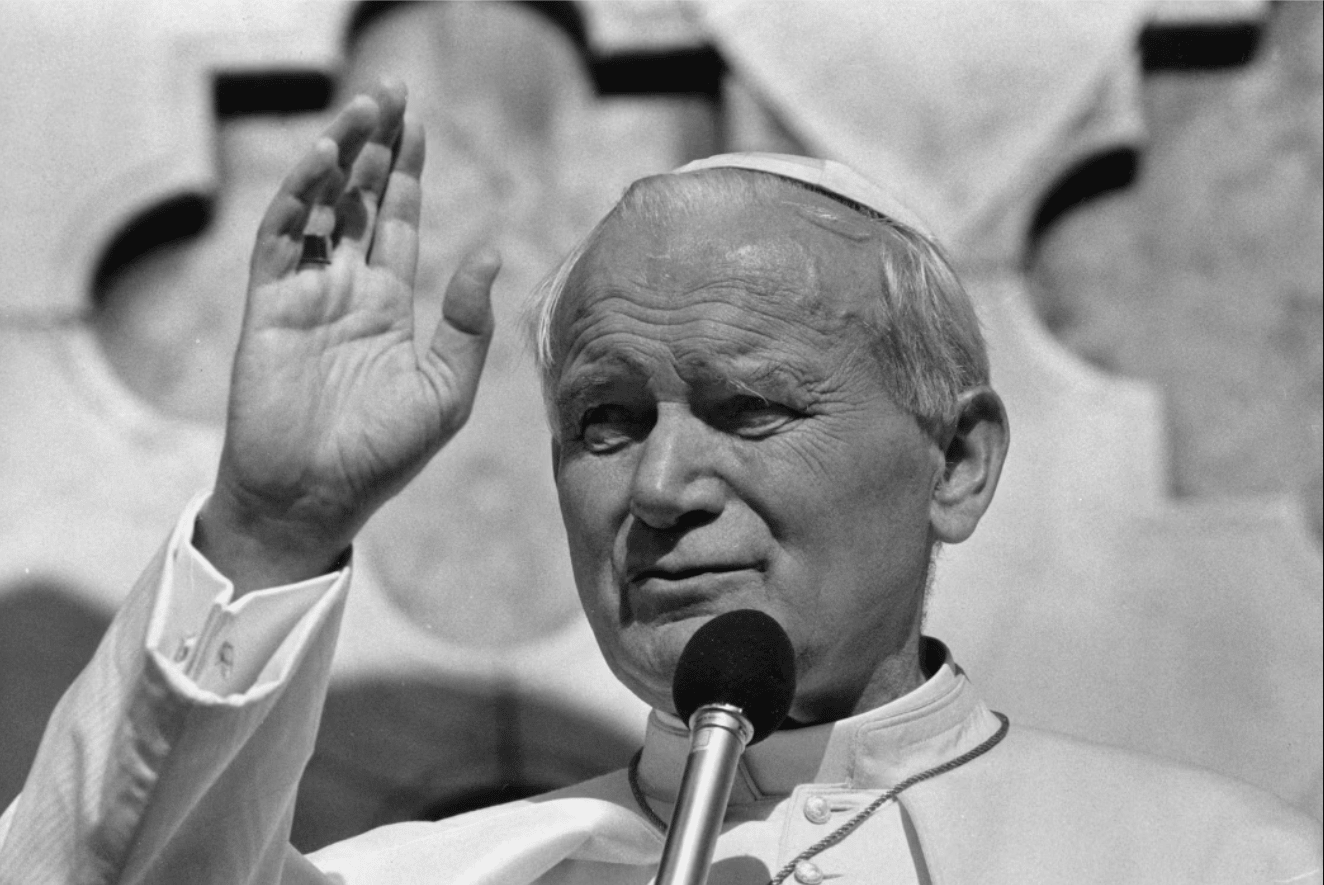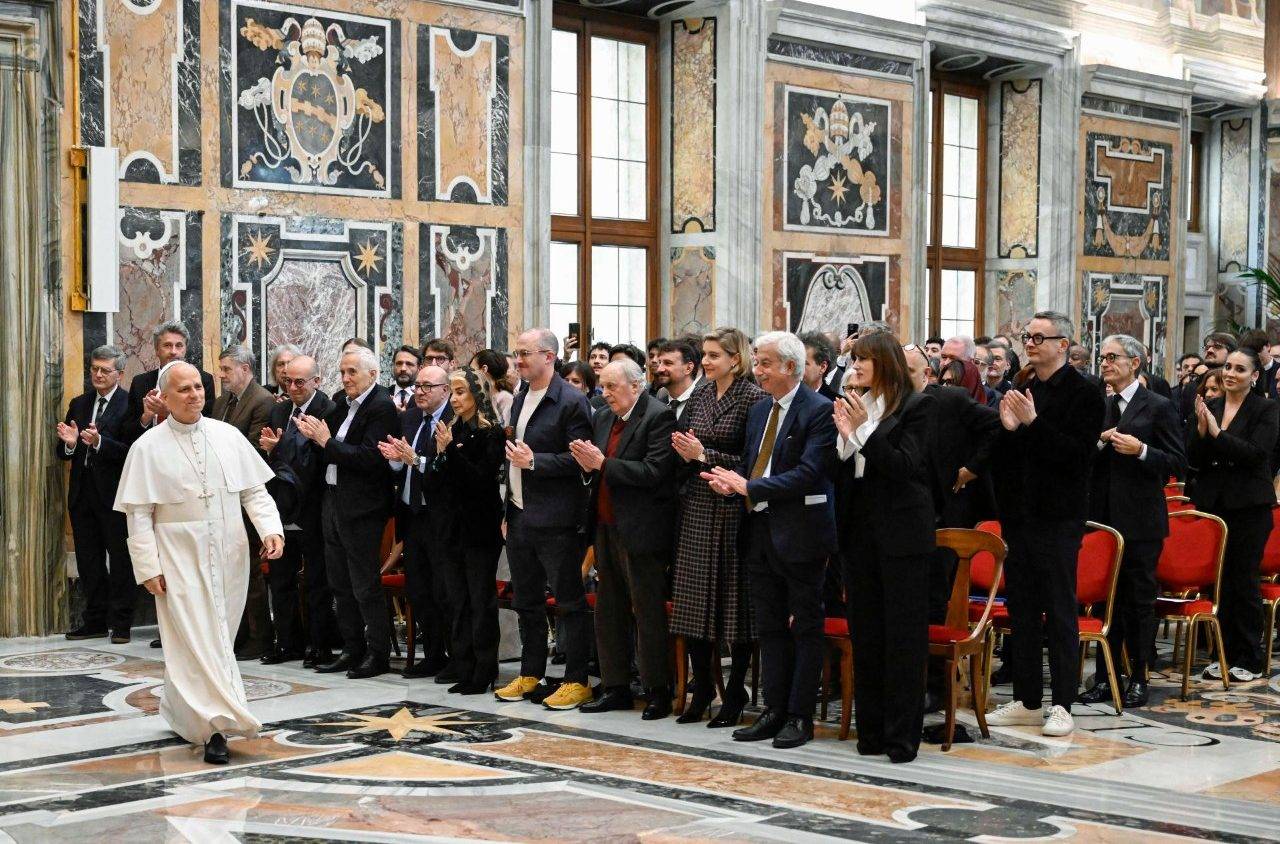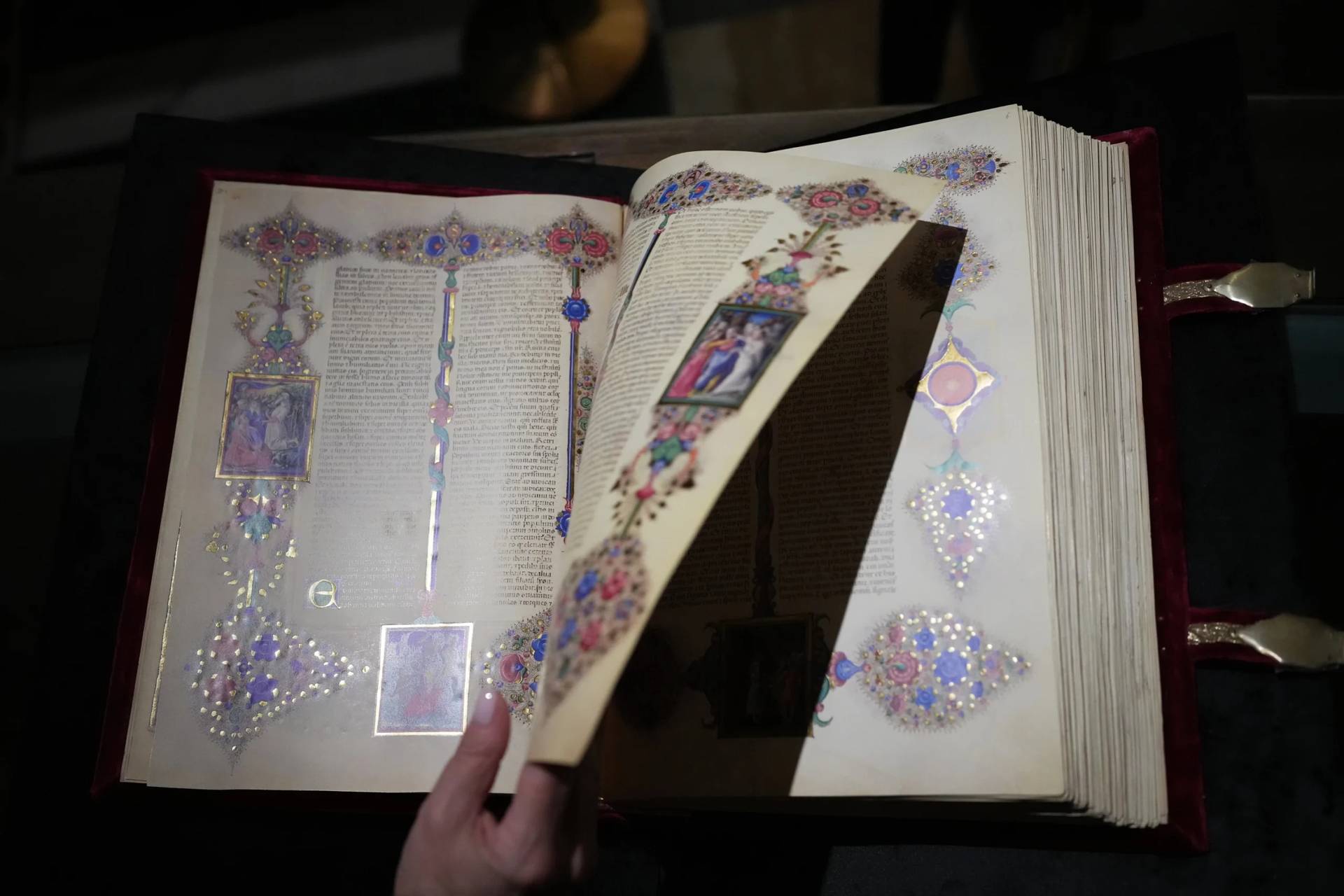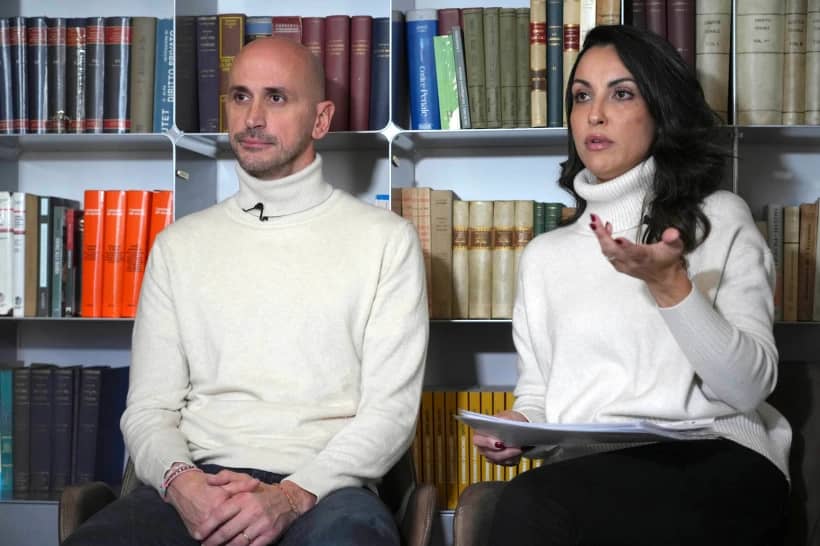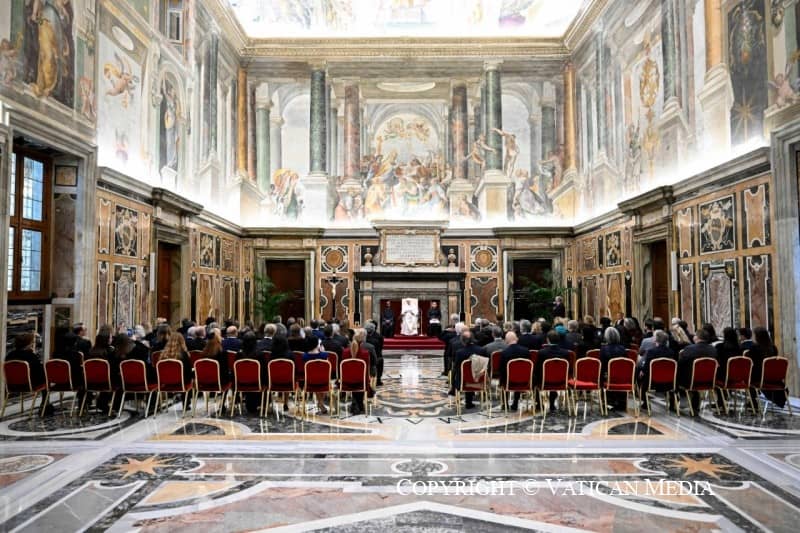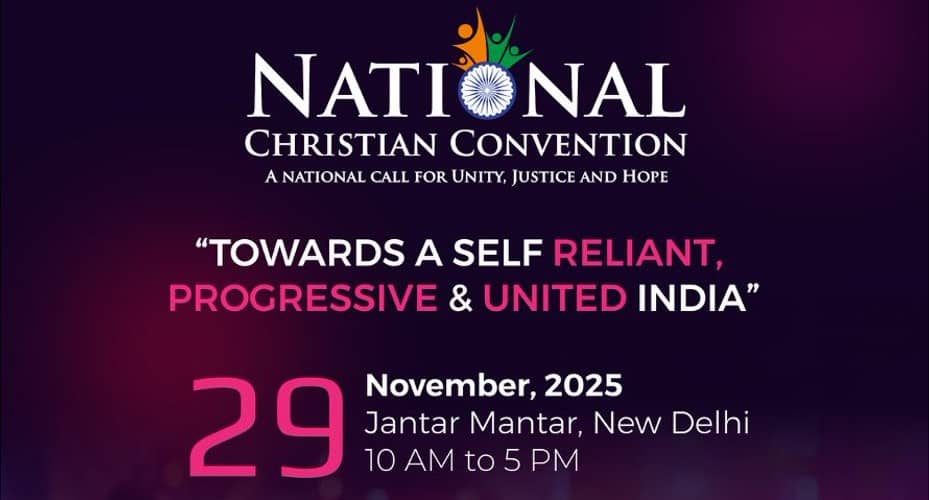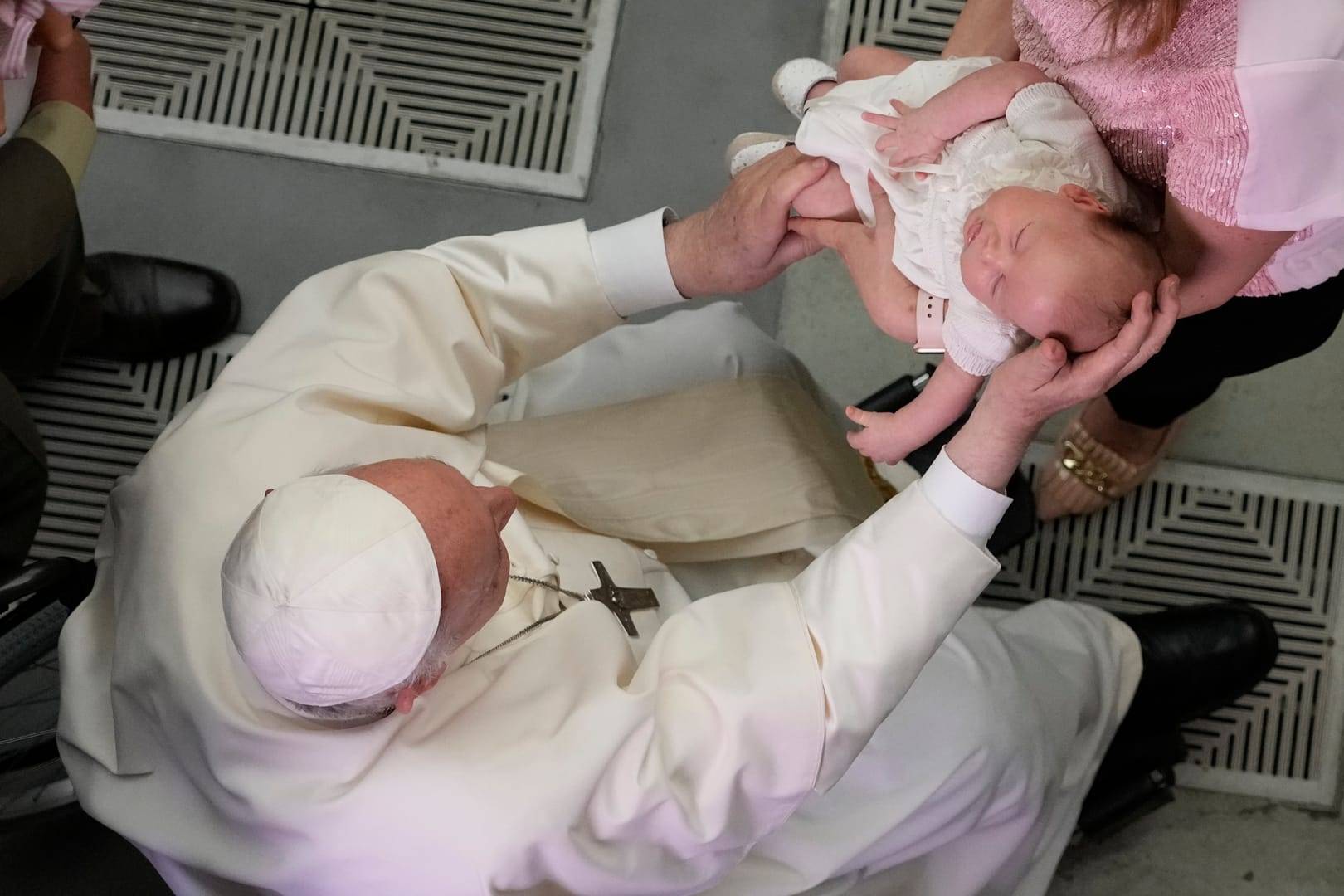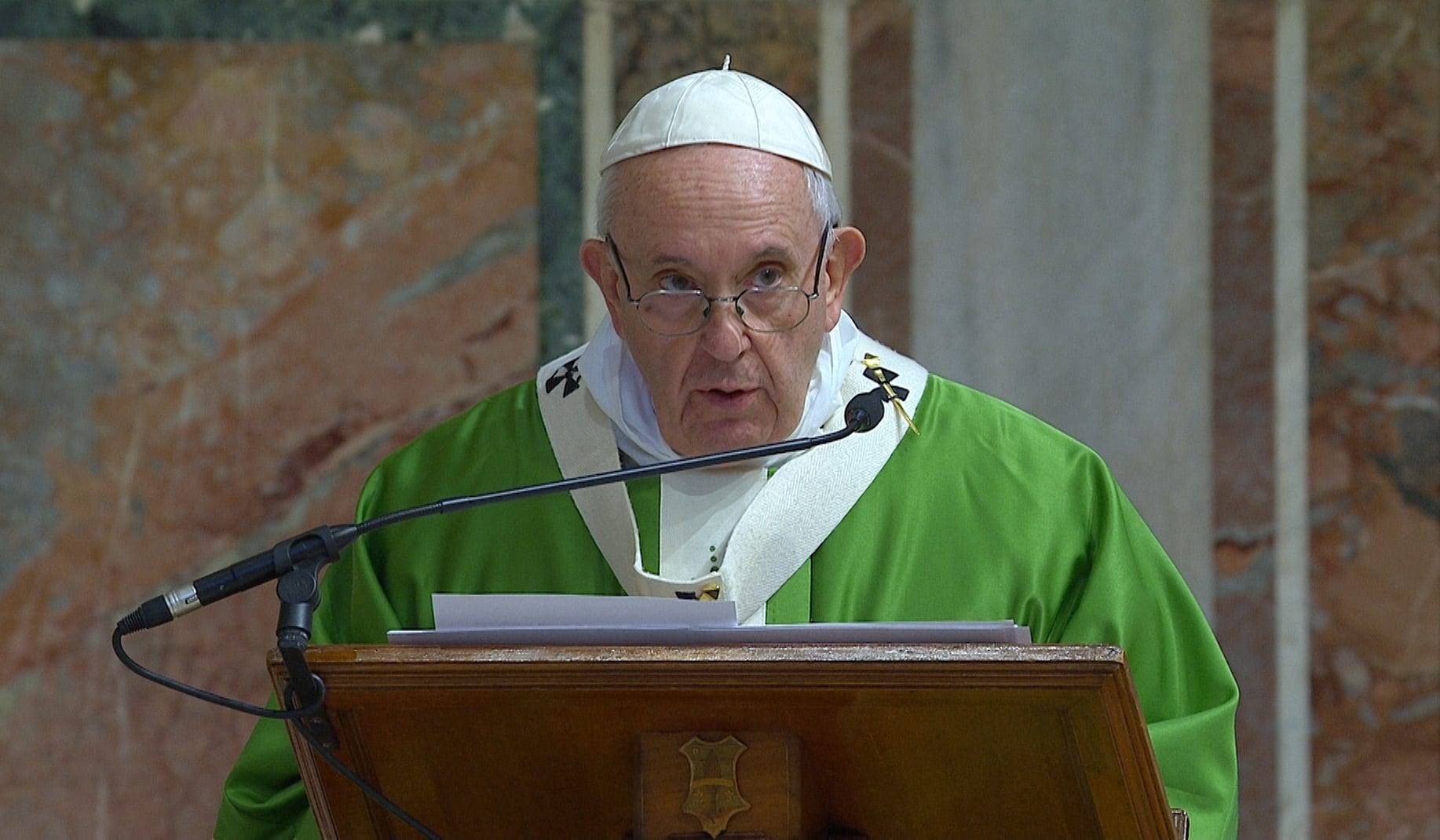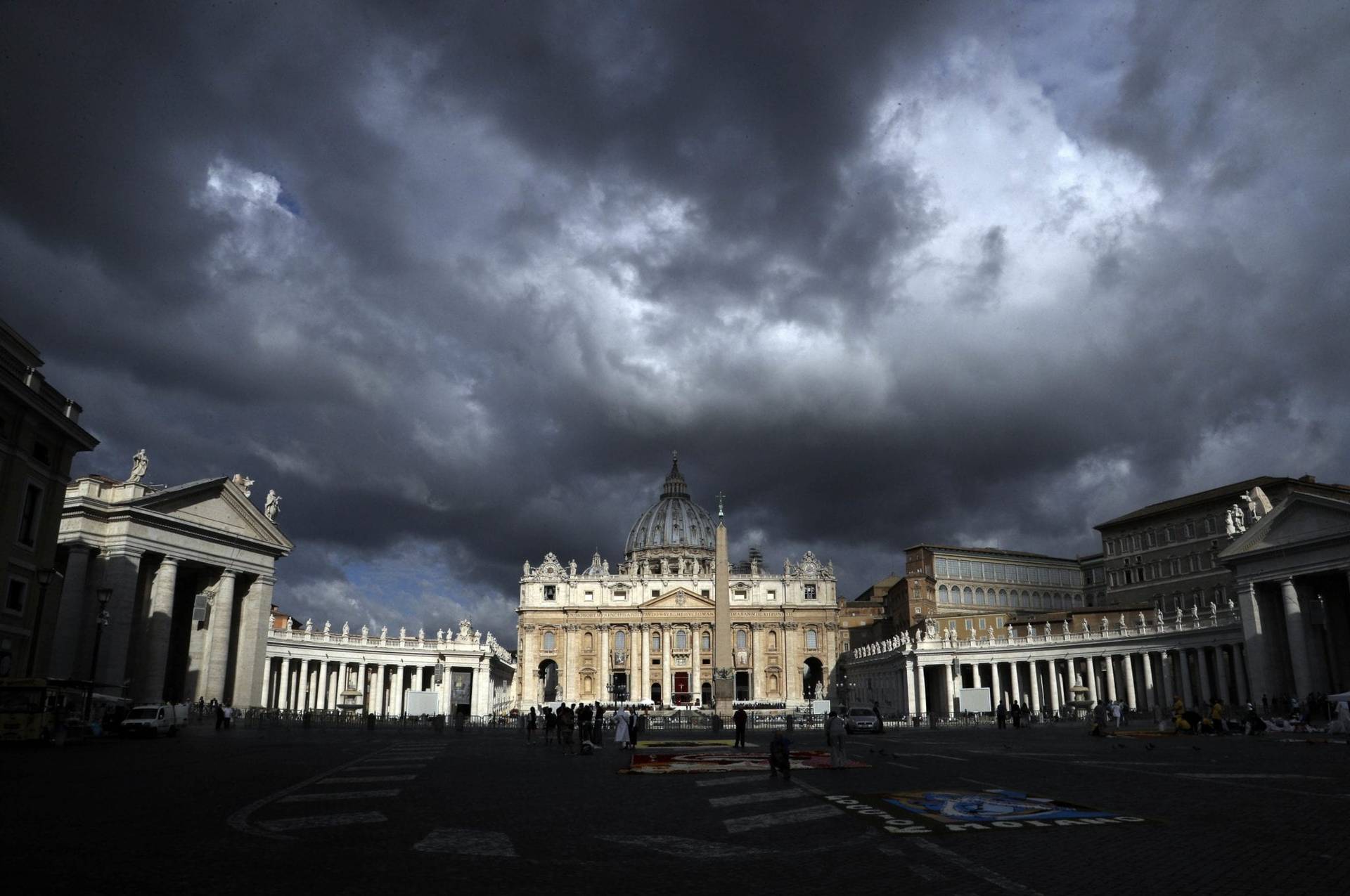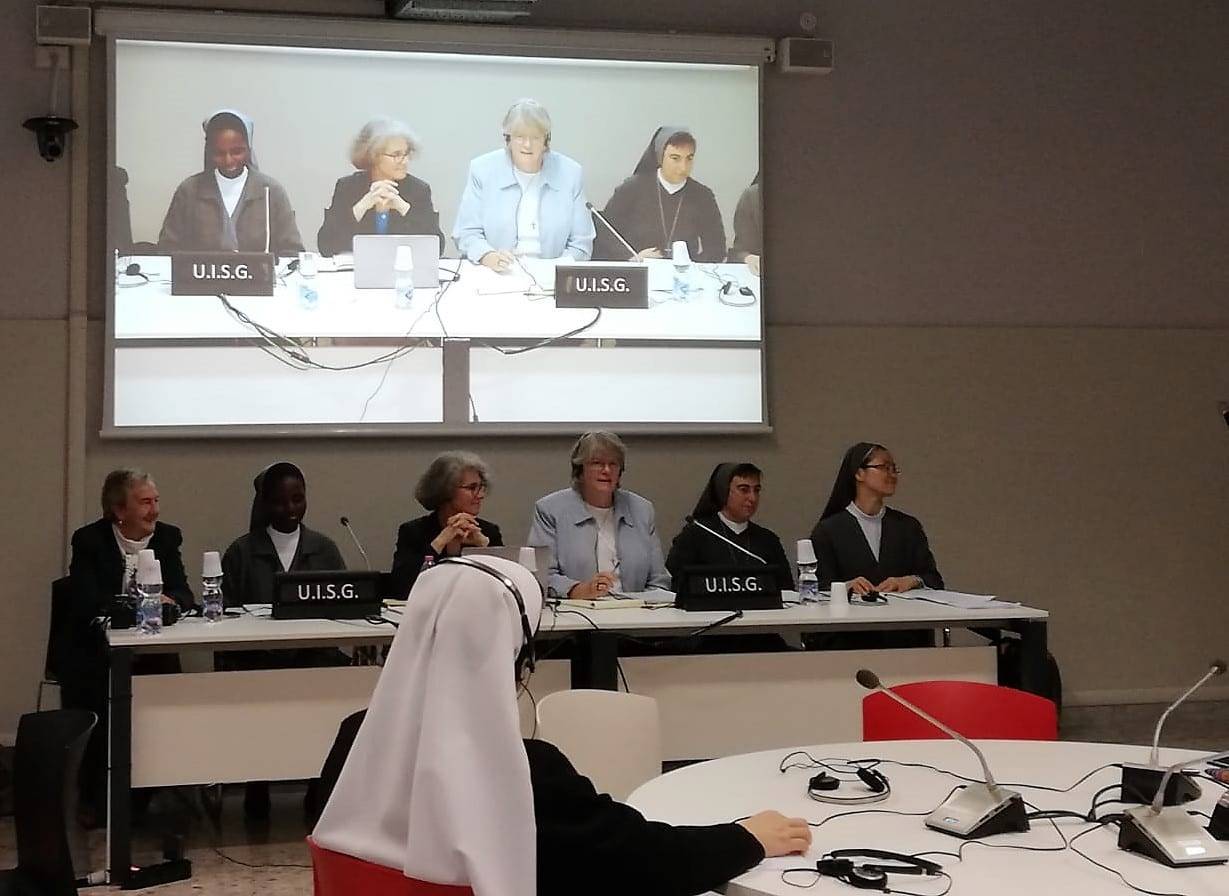ROME – As the Synod of Bishops on youth wraps up this week with participants making last minute adjustments to the final document, the big questions have been how the text will handle hot-button issues, and exactly how relevant it will be for young people in practice.
So far, the consensus seems to be that the document is more or less in line with the small group reports published along the way, and follows the same “see, judge, act” formula as the original Instrumentum Laboris. However, the preliminary draft being discussed this week is only 55 pages long, thus just half the length of the working document.
Big topics highlighted in the final text include the sexual abuse crisis, the need for a greater inclusion of women, accompaniment of young people and the need to listen to youth.
In terms of the abuse crisis, which has been a major topic throughout the Oct. 3-28 discussion, with participants at times giving standing ovations for how it was addressed, sources close to the drafting process have told Crux the document will recognize abuse as both a sin and a crime and will also touch on accountability, referring to the Church’s failure at times to adequately respond when abuse cases arise.
However, the document is not expected to propose any concrete new methods for imposing accountability on bishops and other superiors who drop the ball on abuse complaints, which has been a major demand of both survivors and reformers on the abuse issue.
Clericalism is pinpointed as a key cause of the abuse crisis along with the lack of accountability, and Pope Francis’s insistence on a “zero tolerance” policy is affirmed as something which must be enforced.
However, some participants said there was division within the synod over the extent to which the topic of sexual abuse should be included in the final document, with some prelates from Asia and Africa asking that it be played down because it’s not as big of a problem as it is in Western nations.
More broadly, concerns were raised in small group discussions that the approach of the original working document was overly Western-focused and “Eurocentric” in terms of the challenges young people face and how to respond. At least some prelates still share these concerns, wondering whether other voices might be drowned out.
The document also touches on the issue of homosexuality, gender and outreach to the LGBT community, though the “LGBT” acronym itself, at least in preliminary drafts, is not used.
Women and their role in the Church, particularly creating more space for women in decision-making positions, has been a big point of discussion, and it is also likely to be a major point of the final document. According to sources who spoke to Crux, the document will insist that the contribution of women, and especially mothers, is not appreciated enough.
Although the participation of roughly 35 young people inside the synod itself has been hailed as one of the most positive features of this summit, some participants told Crux the draft final document doesn’t appear to contain much in terms of practical take-aways for bishops and other Church leaders in terms of youth ministry.
According to the synod procedures, participants will vote paragraph-by-paragraph on the concluding document Saturday afternoon, with a two-thirds majority necessary for a section to be included. In a new twist this year, should Francis approve the final document, it would become part of the Church’s “ordinary magisterium,” meaning its routine teaching authority.
Crux’s Ines San Martin contributed to this report.






